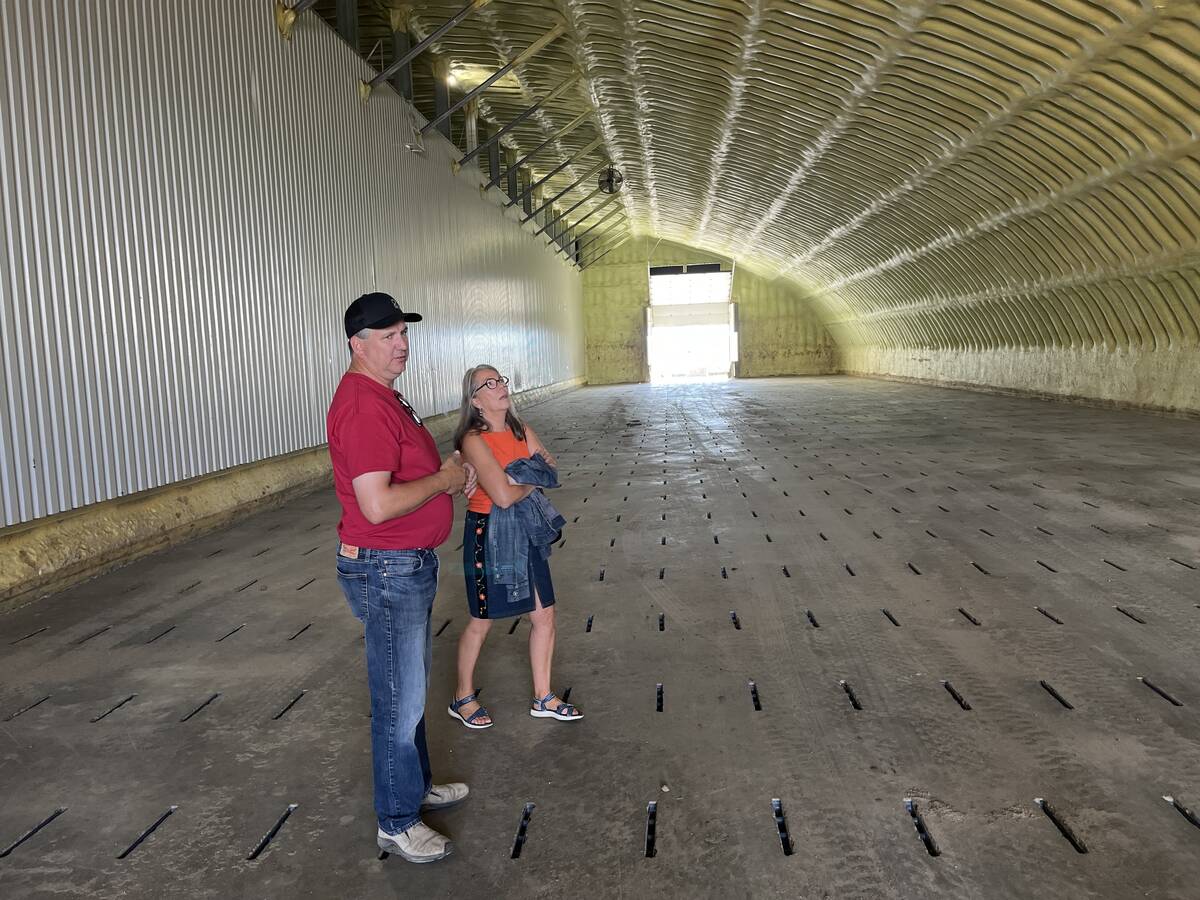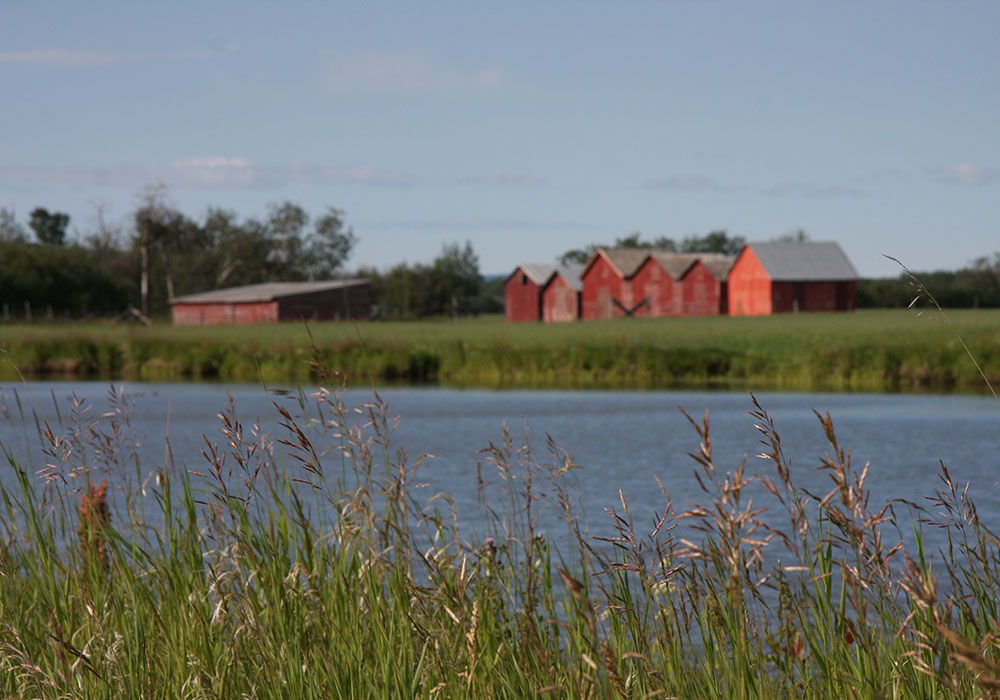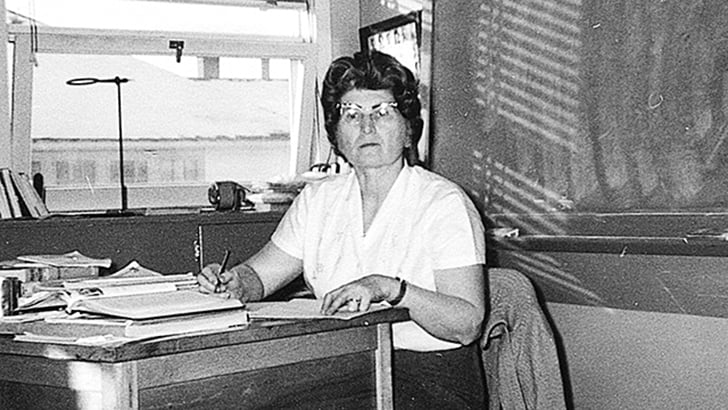The search continues for ways to treat the 202,000 Canadians diagnosed with cancer last year, and the many others affected before and since.
That search is taking place, in part, in the native grasslands of southern Alberta.
It’s not a place many others have looked, said Roy Golsteyn, a University of Lethbridge researcher and head of the cancer cell laboratory on campus.
“The plants in southern Alberta had never been tested before for anti-cancer activity,” Golsteyn told a recent meeting of the Lethbridge Horticultural Society.
Read Also

Potato farm requires year-round management
The most recent Open Farm Day in Alberta showcased agricultural producers across the province educating the general public about the process that is required is to get food to their table.
“Great expeditions have gone almost everywhere else on the planet to look, so it’s very, very hard to believe that here, where I live, where I work … that this had never been done.”
He was instrumental in launching the Prairie to Pharmacy program, which has been in place since 2013.
Among its goals is to analyze prairie plants and identify chemicals that might be useful in the fight against cancer.
“All the important chemicals for food and health are in plants,” said Golsteyn. “Of the prescription drugs, including those that are used in cancer therapies, actually half of them … come from plants.”
If cancer treatments are identified in some of them, farmers in southern Alberta have the expertise to cultivate them, he added.
One of the best anti-cancer drugs made, based on a chemical called paclitaxel and marketed as Taxol, is derived from the Pacific yew, a tree that grows only in Canada and the northwestern United States.
Golsteyn and his research students have already examined golden beans, also known as buffalo beans, for their potential cancer-fighting properties and have recently turned their attention on wild gallardia or blanket flower.
Animals don’t eat gallardia, likely because of certain chemicals the species contains.
Golsteyn said one of those chemicals is sesquiterpene lactone, reported to be toxic to cancer cells.
About 1,200 plant species native to southern Alberta have now been catalogued and for the purposes of his studies, he has eliminated any that also grow in other countries.
That leaves about 100 different native plant species, unique to the prairie ecological zone that he and his team have or will study. Forty-two of those have been analyzed for their chemical content, with 38 showing promise.
Since 2013, they have collected samples of these plants from public and private lands in the region.

















